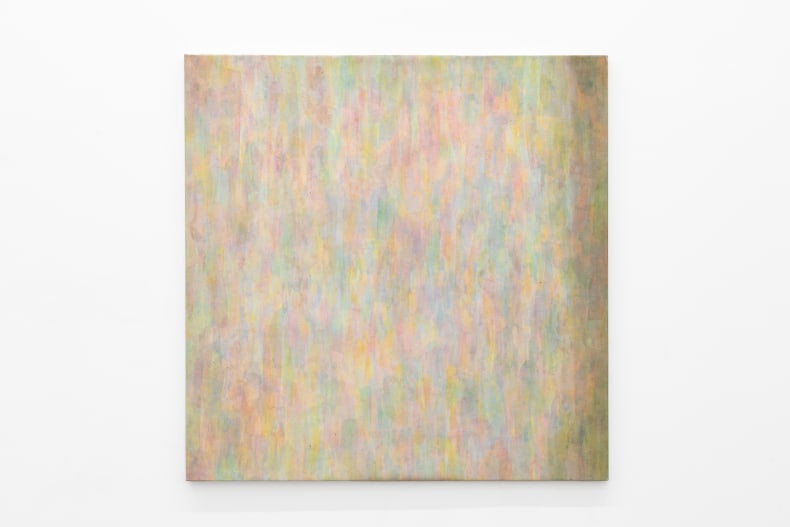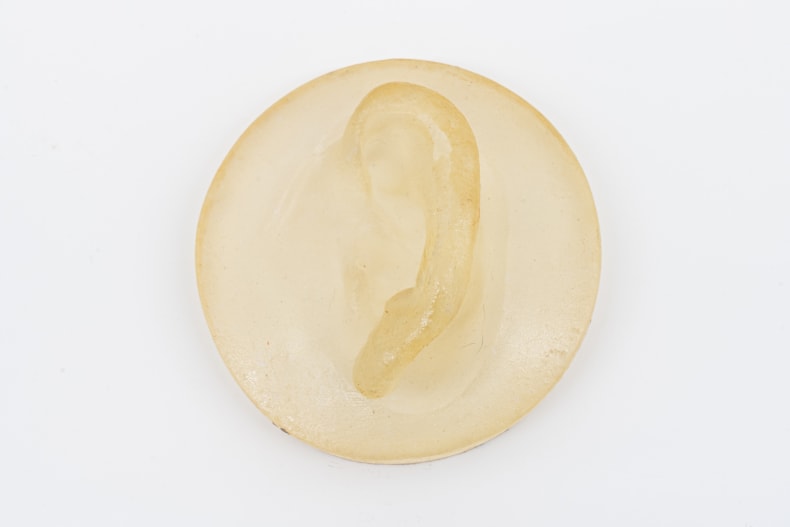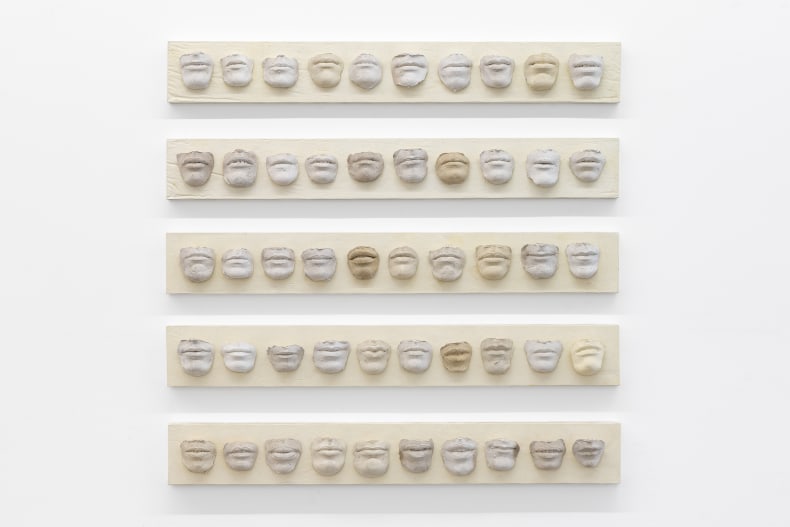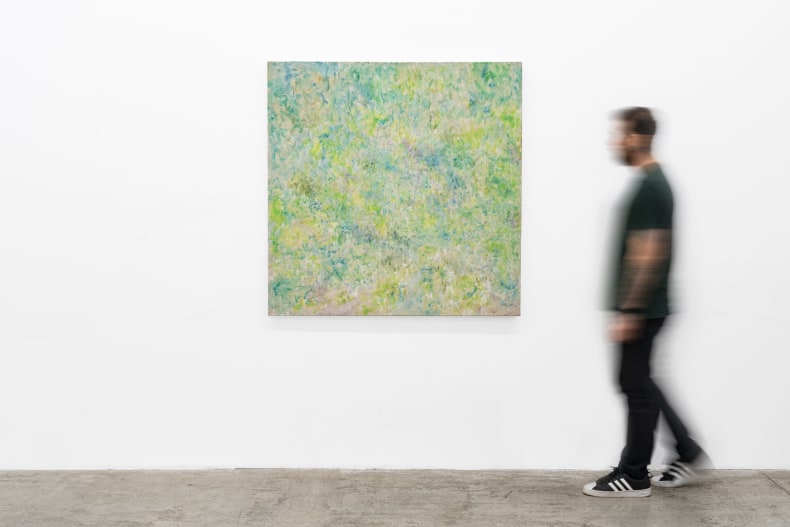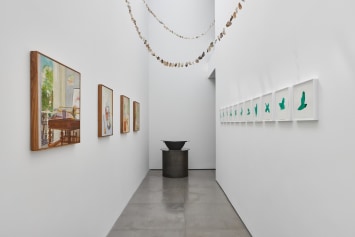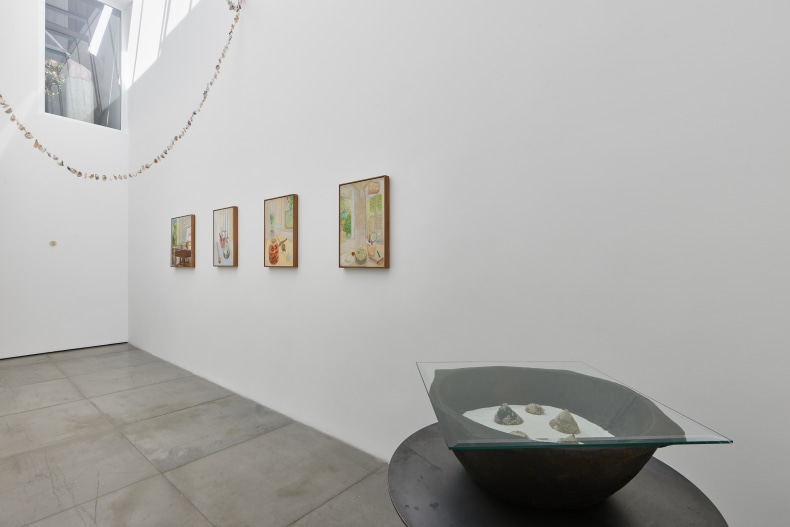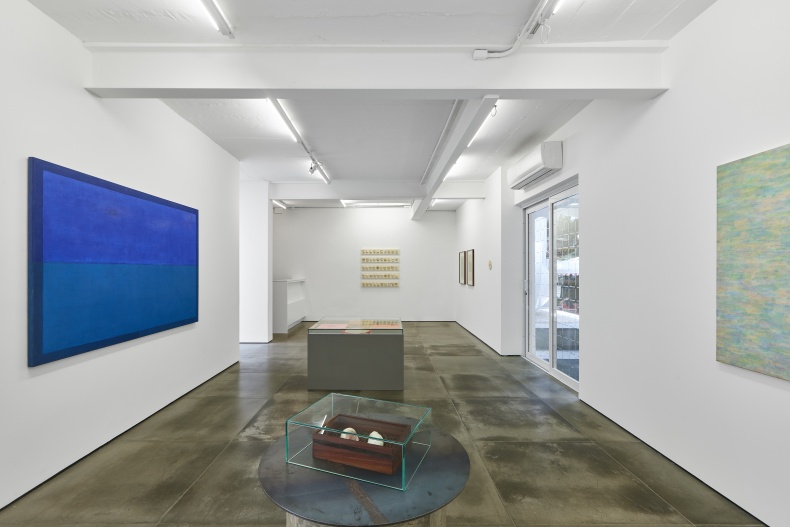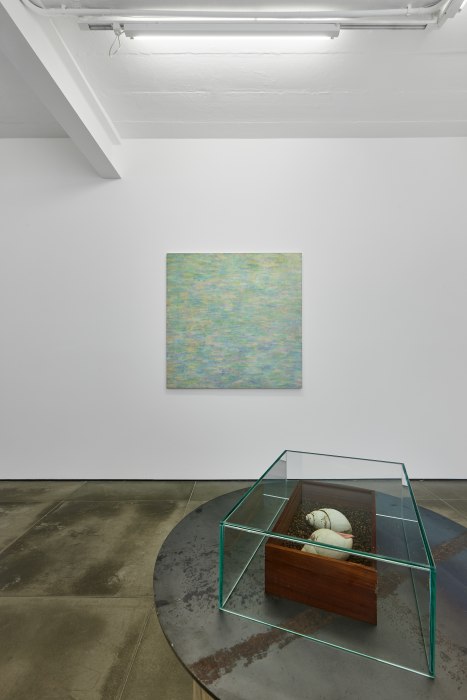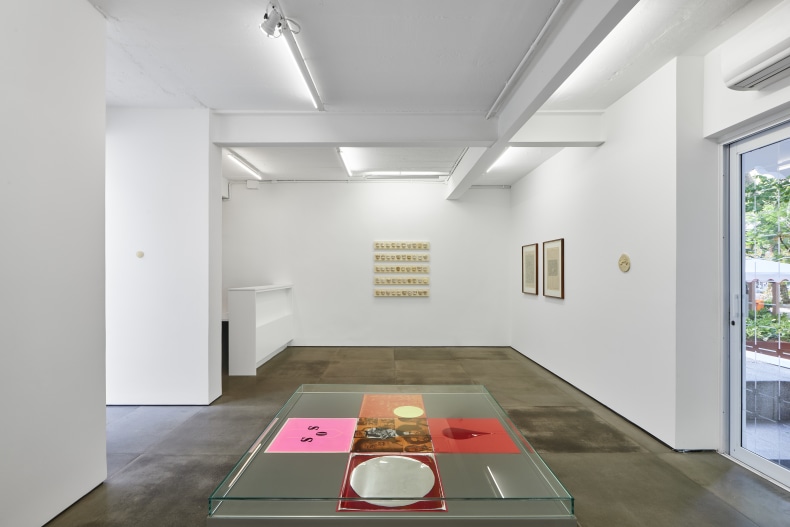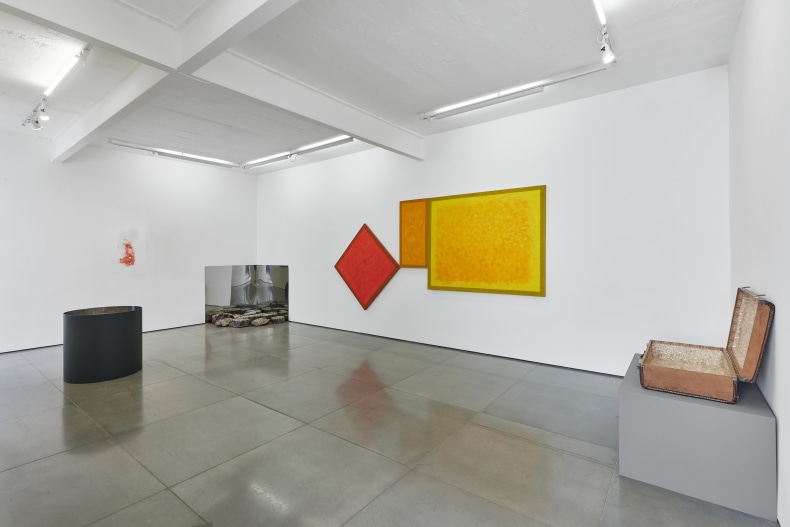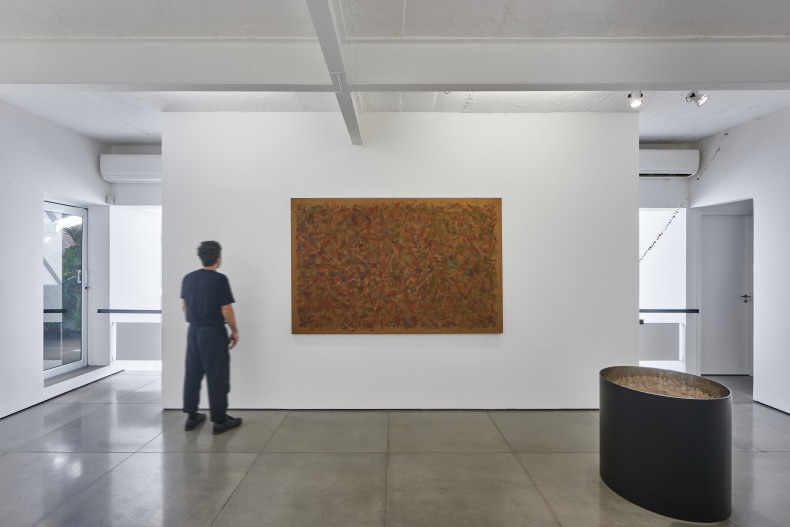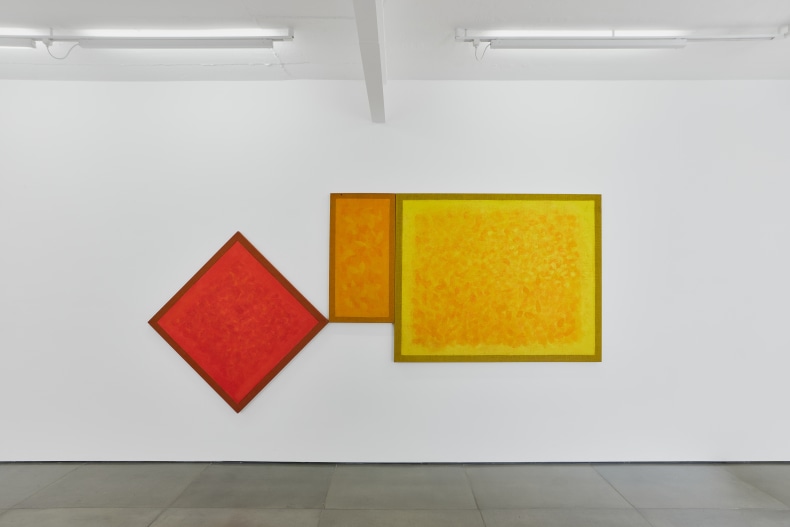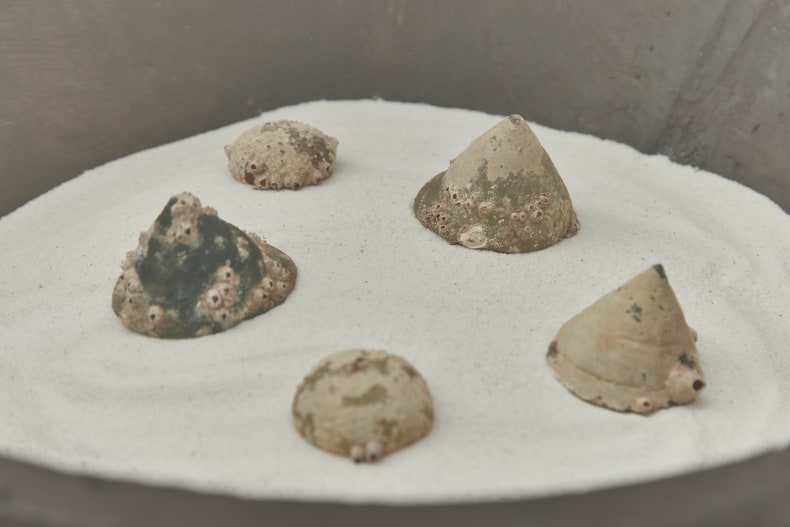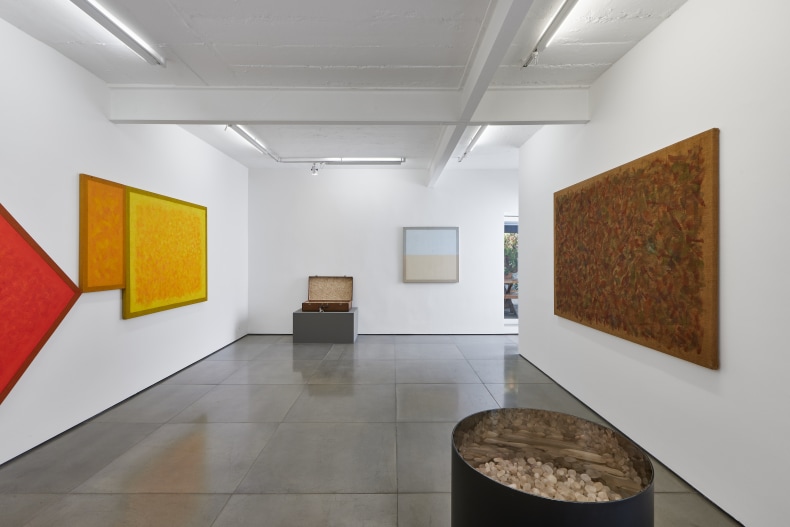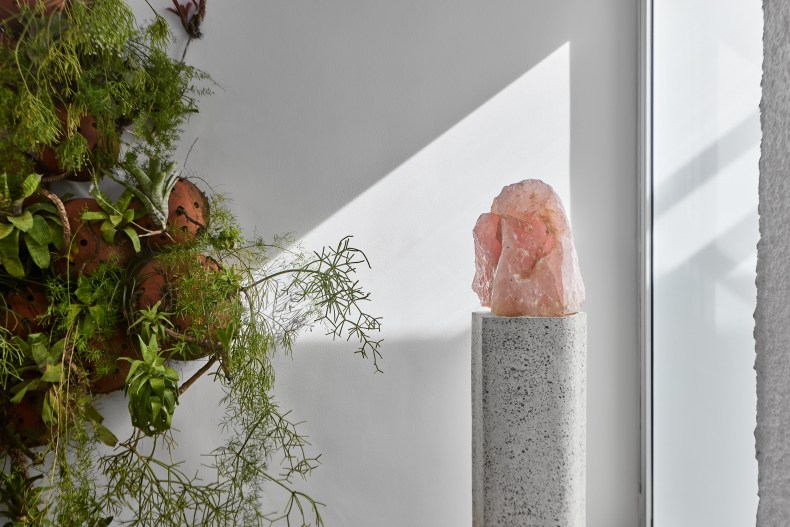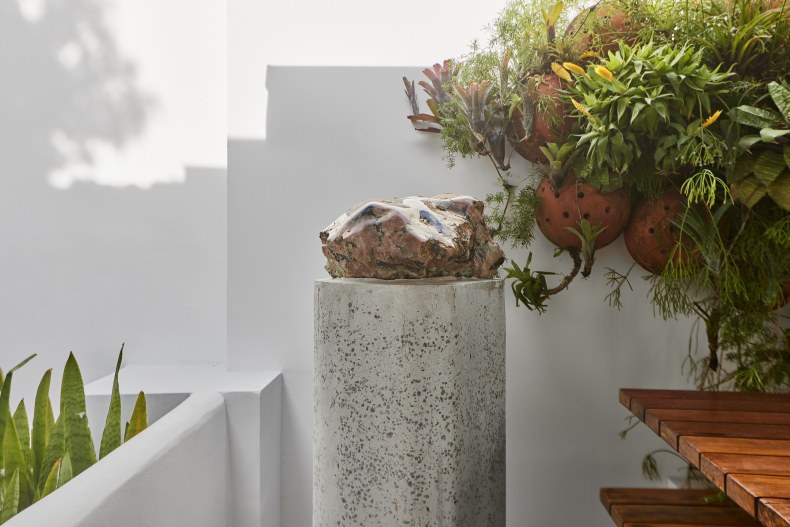Nara Roesler Rio de Janeiro is pleased to present "O rio (e o voo) de Amelia no Rio" the first solo exhibition of Amelia Toledo (b. 1926, São Paulo, Brazil – d. 2017, Cotia, Brazil) in Rio de Janeiro. The exhibition showcases a series of works created by the artist during her time in Rio de Janeiro in the 1970s and 1980s, alongside a selection of more recent works that continue Amelia's explorations from that era. Serving as a bridge between the concrete nature of modern abstraction and the natural world itself, Toledo's creations from her time in Rio, mark the development of a pioneering body of work that could be defined as ecological abstraction. Amelia Toledo revitalized the organic sources of modernity, maintaining the organic world as the source and destination of her artistic expression.
Amelia Toledo commenced her studies in art during the 1930s and, during her formative years, engaged with key figures of Brazilian Modernism such as Anita Malfatti, her mentor, and Vilanova Artigas, with whom she collaborated on architectural drawings in his studio.
Throughout her career, the artist explored a range of media and techniques, traversing painting, drawing, sculpture, printmaking, installation, and jewelry design, all while focusing intently on the nuances of material and its application. Her work initially aligned with constructive inquiry, echoing notions of neo-concretism and concerns prevalent in the 1960s, such as the exploration of audience engagement and the interweaving of art and life. Toledo's diverse body of work evolved through ongoing and enriching dialogues with fellow artists of her generation, including Mira Schendel, Tomie Ohtake, Hélio Oiticica, and Lygia Pape.
From the 1970s onward, her work took on a deeply experimental character, delving into organic forms and unconventional languages. Among the historical and emblematic pieces from this period is "Divino Maravilhoso – Para Caetano Veloso" (1971), a book dedicated to the singer and composer. The exhibition also features works from the series presented at the MAM Rio de Janeiro in 1976, and in the solo show "Emergências," including pieces such as "Reunião" (1976), along with a collection of works created on newspaper pages from the era, where the artist covered parts of the surface with hand and foot impressions, as well as animal paw prints. These marks, while indicating traces of presence, obscure the legibility of the news. Overall, the exhibition and this particular series engage with the dark times of the Military Dictatorship, which was ongoing in Brazil at the time.
The selection also includes other milestones from Amelia's body of work created during her time in Rio de Janeiro. Here, her investigations into the relationships between art and nature deepened, and she began incorporating natural elements into her pieces. This can be seen in "Gambiarra" (1976), "O Cheio do Oco" (1973), and works from the "Frutos do Mar" series (1982). In these pieces, the artist made molds of shells from polyester and then exposed them to the ocean until they were covered by barnacles and bryozoans- imparting a living quality to these sculptures and exploring the convergence of the natural and the artificial.
In addition to these more iconic works, the exhibition gathers unpublished paintings and watercolors created in the 1980s by Toledo, such as the "Anotações da Casa" series, in which the artist seeks to depict her experience of light, her creative space, and her home in Rio de Janeiro. During this same period, Amelia Toledo reintroduced abstract painting to her practice, incorporating many of her earlier observations into the pictorial realm, a pursuit she continued until the end of her life in series like "Campos de Cor" and "Pinturas de Horizonte." In these, the artist predominantly explores color and landscape, also present in other aspects of her poetic expression through delicate gestural brushstrokes.
Another area of her interest, which the exhibition also addresses, is stones and minerals, which became central to Toledo's work starting from the 2000s. In works like "Impulsos," "Minas," and "Canto das Ametistas" (2001), the artist employs stones to investigate colors, brightness, transparency, and the various forms of what she referred to as the "flesh of the earth." Toledo composes arrangements in which pieces collected from the depths of natural scenes are arranged in varied formations engaging in dialogue with "modern" materials such as stainless steel. The rocks remain unaltered in terms of their original characteristics, only polished to unveil the internal designscreated by the delicate veins which reveal their temporality.



